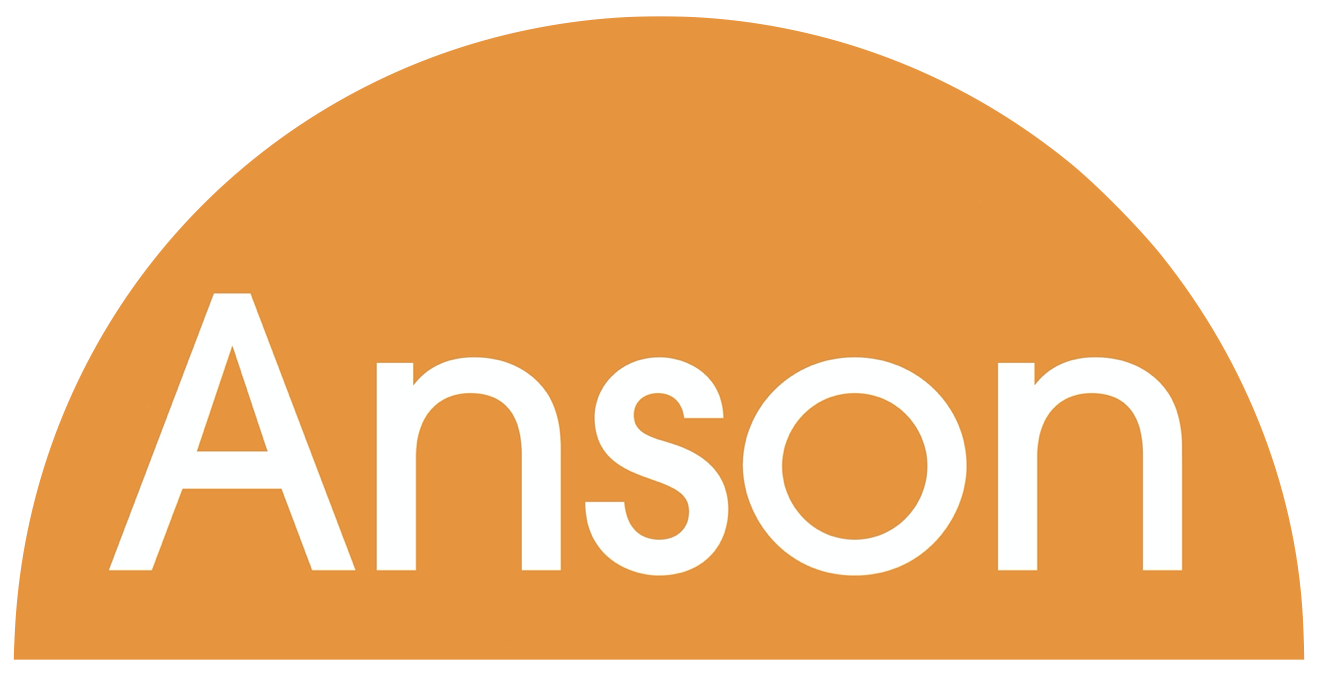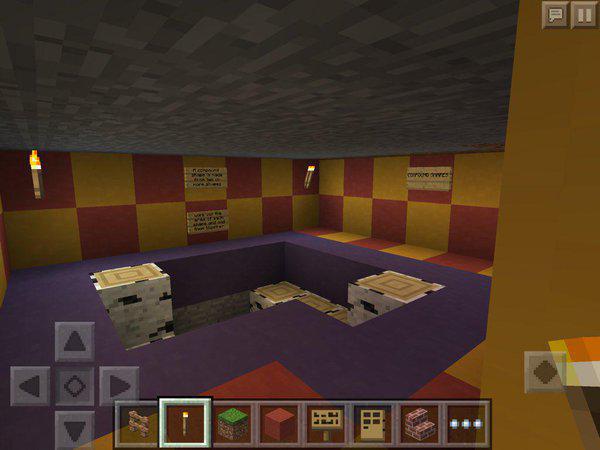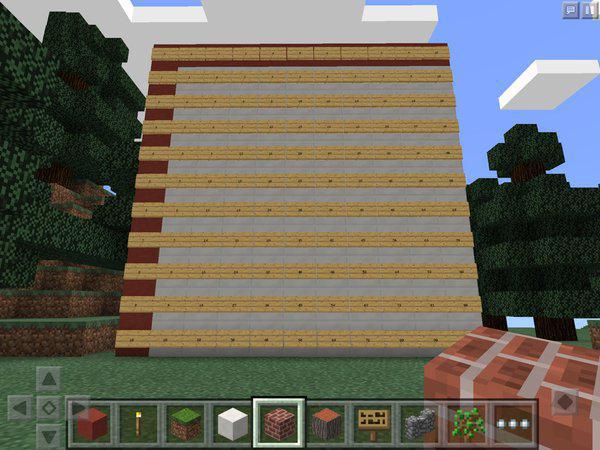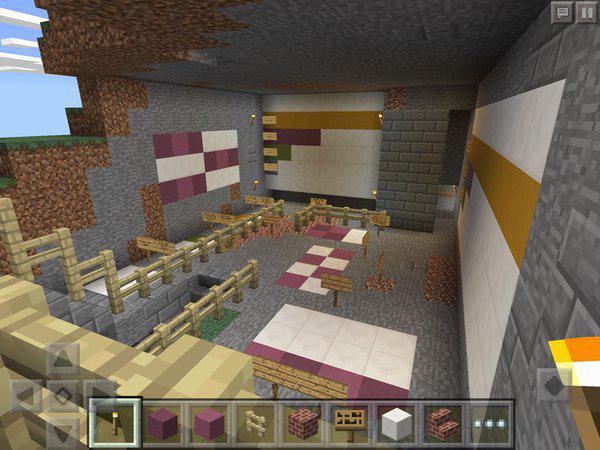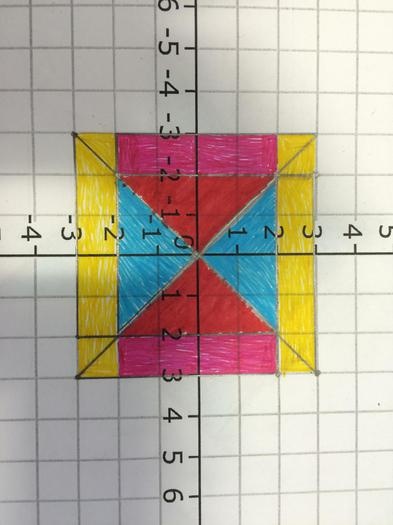Maths
Our Mathematical Intent
At Anson mathematics intends to ensure that all children:
- Become fluent in the fundamentals of mathematics
- Are given varied and frequent practice with increasingly complex problems over time, so that they develop conceptual understanding and the ability to recall and apply knowledge rapidly and accurately.
- Can follow a mathematical line of enquiry, conjecturing relationships and generalisations, and developing an argument, justification or proof using mathematical language.
- Can solve problems by applying their mathematics to a variety of routine and non-routine problems with increasing sophistication.
- Apply mathematical knowledge across the curriculum in all subjects.
- Move through the programmes of study at broadly the same pace.
- Know times table facts by the end of Year 4.
- Are challenged through varied and high quality activities with a focus on fluency, reasoning and problem solving. Greater depth children are required to explore maths in depth, using mathematical vocabulary to reason and explain their workings.
- Consolidate their understanding from previous years
- Are provided a curriculum which caters for the needs of all individuals and sets them up with the necessary skills and knowledge for them to become successful in their future adventures.
- Use a wide range of mathematical resources to show their workings in a concrete, pictorial and abstract form wherever suitable.
- Make sense of the world around them relating the pattern between mathematics and everyday life.
- Have a range of opportunities to apply Maths skills and knowledge across the curriculum and in everyday situations.
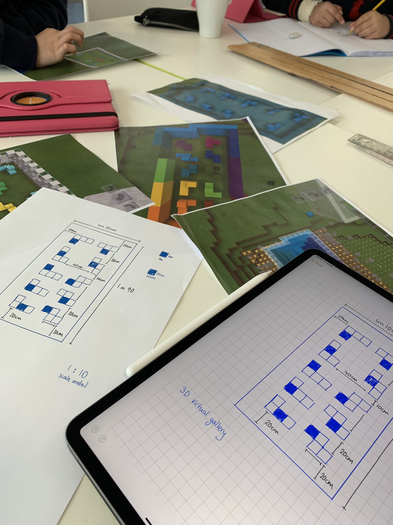
The Implementation
To help structure and plan our lessons, from EYFS to Year 6, we use White Rose Maths schemes of learning. This ensures solid foundations and a sequence and progression to our learning.
To ensure a consistent approach, there is a calculation policy that is used.
Concrete Pictorial Abstract (CPA)
We implement our approach through high quality teaching delivering appropriately challenging work for all individuals.
To support us, we have a range of mathematical resources in classrooms including Numicon, Base10 and counters (concrete equipment). When children have grasped a concept using concrete equipment, images and diagrams are used (pictorial) prior to moving to abstract questions. Abstract maths relies on the children understanding a concept thoroughly and being able to use their knowledge and understanding to answer and solve maths without equipment or images.
Assessment
Through our teaching we continuously monitor children’s progress against expected attainment for their age, making formative assessment notes where appropriate and using these to inform our teaching. Summative assessments are completed three times a year; their results form discussions in termly Pupil Progress Meetings. The main purpose of all assessment is to always ensure that we are providing excellent provision for every child.
Online Learning
To supplement our learning children have access to various learning platforms including Times Table Rock Stars, Mirodo and SATs Companion. We hold competitions and events linked to these. We also use Seesaw and Google Classroom to share learning beyond the classroom.
Times tables
Times tables play an important part in our maths learning, with children developing their fluency in rapid recall of tables up to 12 x 12 by the end of year 4. While the rapid recall of times tables is being developed, children are also learning how to apply and manipulate their understanding of this to reason and solve problems.
Embedding Mathematical knowledge and understanding
Flashback 4 is used daily in Maths lessons to ensure children recap on previous learning. Flashback4 includes 4 questions:
- From the previous lesson
- From earlier within the unit
- Previous unit
- An area of maths taught earlier in the year/from the previous year.
However, we have also worked with industry partners to ensure parents are supproted to develop maths at home.
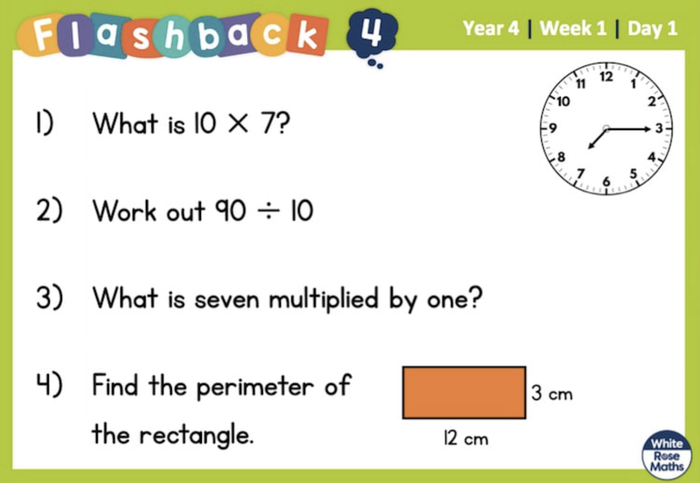
The Implementation beyond the school: EYFS & Year 1&2
Maths is everywhere. At home you can get your youngest children sorting shapes, looking for shapes around them, matching pairs of socks, looking at patterns of objects and counting things like food, toys or pencils. It’s about making mathematics fun and part of their everyday lives. Year 1 children need to be able to explain, demonstrate and recall addition and subtraction facts to 20. Year 2 need to be able to explain, demonstrate and recall 2, 5, and 10 times tables. The 3 times table is also included as it gives the first opportunity for repeated addition to be turned into multiplication tables. Talking about and playing games dealing with number helps to understand addition and subtraction. Allowing your child to use money and buy items can help their understanding. In addition, referring to the clock and reading the time can help your child to understand the concept of time and of course everyone loves weighing out the sugar for a delicious cup-cake. Most importantly make maths fun and open it up to the world around them, rather than just question after question.

As a school we have turned every statement in the mathematics National Curriculum into a support video. The videos shows you what we teach in school and give you ideas for how you can help your child at home. You will need your child’s Fronter username and password to access the content. Please see your child’s class teacher if your are not sure of these details. You can access the resource by clicking the link below.
Year 3&4
You can support your child’s mathematical development by helping them to learn their times tables. They should already know their 2, 5 and 10 times tables and will be expected to know their 3, 4 and 6 times tables by the end of Year 3 and the rest of their times tables to 12x12 by the end of Year 4. Allow your child to experience everyday maths in real-life situations, such as shopping, cooking, telling the time and reading timetables.
These opportunities will provide your child with a firm structure and underpin basic mathematical concepts. Your child is probably already familiar with TT Rockstars and is, hopefully, in a regular routine of logging on and completing maths tutorials. At parents’ evenings we will provide you with further information about age appropriate maths learning objectives for your child.
Computing & Mathematics: Minecraft Maths
|
|
|
|
We use innovative methods to teach mathematics. Minecraft is a game that children love playing, but the mathematics behind the game is excellent. We are able to teach volume, fractions, ratio and proportion as well as reflection and rotation of shape using the block building game. It's a great way to harness something the children love and use it to our advantage.
Minecraft Mathematics in Action
Here is a hologram. To make this the children were asked to draw 2D shapes, use the 2d shape to make the net of a 3D shape. Then the children used an iPad to show their understanding of rotation of shape. When you combine all that knowledge about properties of shape, the ability to measure angles and length and an ability to rotate an object through 90 degrees, you get something breathtaking.

The 7 times table in a hologram
Year 5&6
Year 5 children will be continuing to develop a range of mathematical concepts which include adding and subtracting larger numbers using counting on and column methods as well as multiplying and dividing using pencil and paper methods, including chunking, grid method and long multiplication and division. They will also be using division to find fractions of numbers, understand what each digit represents in a decimal number and know their multiplication tables up to 12x12. The children will also be developing their word problem skills and be able to explain their answers and thoughts using mathematical language.
Year 6 children will be continuing to develop a range of mathematical concepts which include adding and subtracting decimal numbers using counting on and column methods. Multiplying and dividing decimal numbers using pencil and paper methods. They will be simplifying fractions and identifying which fraction is larger, calculating percentages of whole numbers, estimating angles and using a protractor to measure accurately, use multiplication tables up to 10x10 to aid in mental division. The children should be able to solve word problems and be able to explain their answers and thoughts using mathematical language.
When at home it is important that children have the opportunity to explain and talk about their maths work. Encourage them to help with shopping, cooking, telling the time and reading timetables as it will provide a real life context to the maths work they are doing in class and give them a purpose to use their maths outside of school. Mathematics is not about knowing the right answer, it’s about knowing how you got there so you can apply it to any situation. So, if you think it’s mathematical putting the washing on, fixing a fence, painting a wall or hanging a picture, get your child involved.
Art & Mathematics: Rotation of Shape
